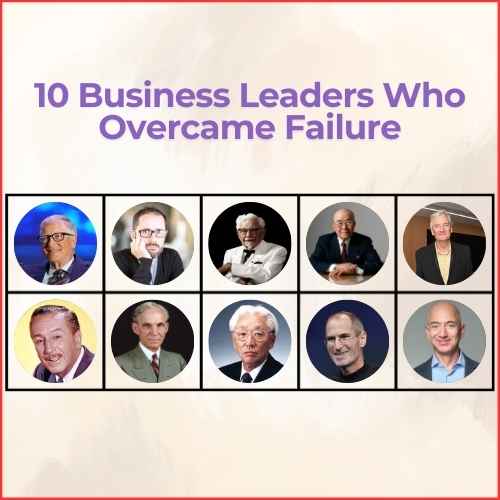The earliest documented mention of Dubai (Dibei) can be attributed to Muhammad al-Idrisi, who meticulously mapped the coastline of the United Arab Emirates in the tenth century AD. In approximately 1580, Gasparo Balbi, the esteemed state jeweler of Venice, provided a detailed account of Dubai’s pearling industry, along with other cities within the present-day UAE territory.
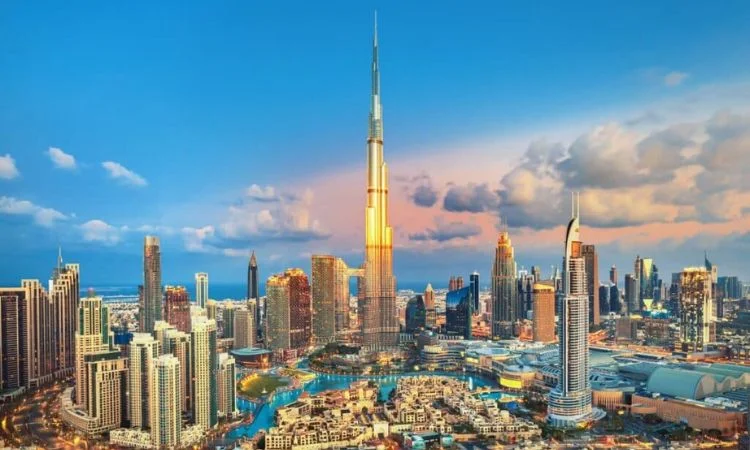
While maintaining traditional values, the UAE distinguishes itself as one of the more progressive nations in the Gulf region, displaying a general tolerance towards diverse cultures and beliefs. Despite its political authoritarianism, the UAE faces ongoing tensions in its relations with neighboring Iran due to a territorial dispute over Gulf islands. Notably, the UAE was among the three countries that recognized the Taliban rule in Afghanistan.
Prior to the discovery of oil in the 1950s, the UAE’s economic foundation rested on fishing and a diminishing pearl industry. However, since the commencement of oil exports in 1962, the nation has undergone a profound transformation, evolving into a diversified and dynamic society. The UAE has emerged as a regional powerhouse in trade and tourism, with its enterprises making substantial investments abroad.
Rulers Of Dubai
| Period | Ruler |
| ? – 9 June 1833 | Sheikh `Ubayd ibn Said |
| 9 June 1833 – 1852 | Sheikh Maktoum I bin Bati ibn Suhayl (d. 1852) |
| 1852 – 1859 | Sheikh Said I ibn Bati (d. 1859) |
| 1859 – 22 Nov 1886 | Sheikh Hushur ibn Maktoum (d. 1886) |
| 22 Nov 1886 – 7 Apr 1894 | Sheikh Rashid I bin Maktoum (d. 1894) |
| 7 Apr 1894 – 16 Feb 1906 | Sheikh Maktoum II bin Hushur (b. ? – d. 1906) |
| 16 Feb 1906 – Nov 1912 | Sheikh Bati bin Suhayl (b. 1851 – d. 1912) |
| Nov 1912 – 15 Apr 1929 | Sheikh Saeed II bin Maktum (1st time) (b. 1878 – d. 1958) |
| 15 Apr 1929 – 18 Apr 1929 | Sheikh Mani bin Rashid |
| 18 Apr 1929 – Sep 1958 | Sheikh Saeed II bin Maktum (2nd time) |
| Sep 1958 – 7 Oct 1990 | Sheikh Rashid II ibn Said Al Maktoum (b. 1912 – d. 1990) |
| 7 Oct 1990 – 4 Jan 2006 | Sheikh Maktoum III bin Rashid Al Maktoum (b. 1943 – d. 2006) |
| 4 Jan 2006 – Present | Sheikh Mohammed bin Rashid Al Maktoum |
“Unveiling Centuries: Tracing Dubai’s Historical Footprints from 7000 BCE to the 7th Century”
From 7000 BCE to the 7th century, historical records pertaining to the region encompassing the emirate and city of Dubai are notably scarce, with substantive documentation emerging primarily from the 18th century onward.
The expansion of Sheikh Zayed Road between 1993 and 1998 led to the unearthing of remnants from a mangrove swamp, dating back to approximately 7000 BCE. By 3000 BCE, it is believed that the coastline had shifted seaward, resulting in the area becoming predominantly sand-covered.
This evolving landscape gradually became more habitable, serving as a living and herding ground for nomadic cattle herders. It is noted that by 2500 BCE, the cultivation of date palms marked the initial utilization of the land for agricultural purposes.
The herders of this era revered the god Bajir, with potential ties to the enigmatic Magan civilization, speculated to have controlled the copper trade in this ancient world region. Archaeological sites in Bahrain further substantiate these connections.
Subsequently, a historical void spanning approximately 2000–2700 years ensues, likely attributed to factors such as desertification, the area’s perceived insignificance, and its remote nature. It was not until the region became part of the “Maka” satrapy during the Achaemenid Empire, the southernmost satrapy, and later under the Sassanian Empire in the 3rd century CE, that the historical narrative resumes.
Recent excavations in the Jumeirah area of Dubai have brought to light a 6th-century caravan station, indicating sparse inhibition during this particular period. These findings contribute valuable insights into the historical evolution of the region.
From the 7th century to 1800:
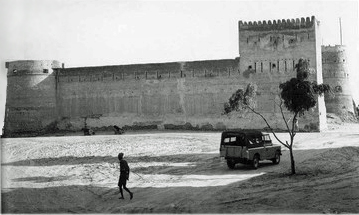
Al Fahidi Fort, situated in Dubai and constructed in 1787, stands as a testament to the historical evolution of the region. Originally introduced to Islam by the Umayyads in the 7th century, the area experienced significant revitalization, fostering trade routes supported by fishing and pearl diving that extended to regions such as modern-day Pakistan, India, and even China. The earliest written reference to Dubai dates back to 1095 by Abū ‘Ubayd ‘Abd Allāh al-Bakrī. However, the town’s first recorded mention did not occur until 1799. Notably, the renowned Venetian pearl merchant Gasparo Balbi acknowledged “Dibai” in 1590 for the exceptional quality of its pearls.
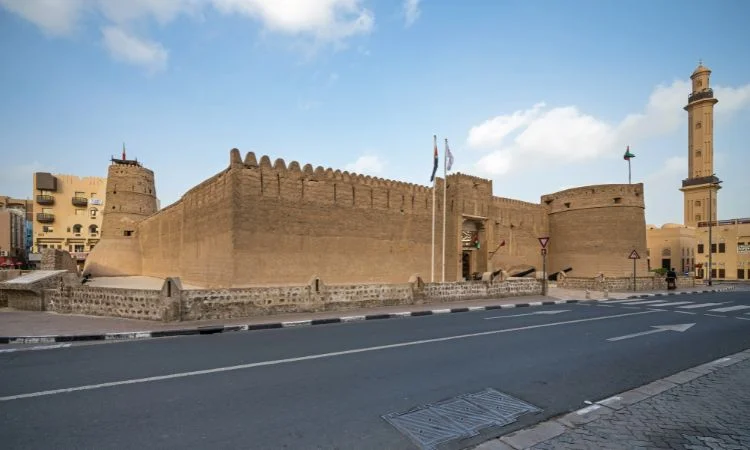
From 1800 to 1966:
During the early 19th century, the Al Abu Falasa dynasty of the Bani Yas tribe, part of the House of Al-Falasi, established Dubai. Until 1833, Dubai remained under the dependence of Abu Dhabi. On 8 January 1820, the Sheikh of Dubai, along with other regional sheikhs, signed the “General Maritime Peace Treaty” with the British government, marking the first formal denunciation of the Arab slave trade in Emirati history and aiming to suppress piracy in the region.
In 1833, the Al Maktoum dynasty, descendants of the House of Al-Falasi, took control of Dubai from the Abu Falasa clan without resistance. Sheikh Maktoum bin Butti led this transition, establishing the present-day al-Maktoum dynasty. A devastating smallpox outbreak in 1841 forced many residents to relocate to Deira, Dubai.
In 1853, to combat piracy, the British and regional sheikhs signed a truce, resulting in the region being referred to as the Trucial States. A fire in 1894 destroyed much of Deira, but the city’s strategic location and thriving businesses facilitated reconstruction. Sheikh Maktoum signed an exclusive business deal with the British in 1892, making Dubai a British protectorate. In 1894, he granted full tax exemption for all foreign traders.
By 1903, Dubai became a port of call for a major British steamship line, leading to increased trade and the settlement of merchants from Lingah, naming their district Bastakiya. At that time, nearly a quarter of the population had a non-Emirati origin.
“From Pearl Prosperity to Global Commerce Hub: Dubai’s Evolution under Sheikh Saeed bin Maktoum (1912-1944)”
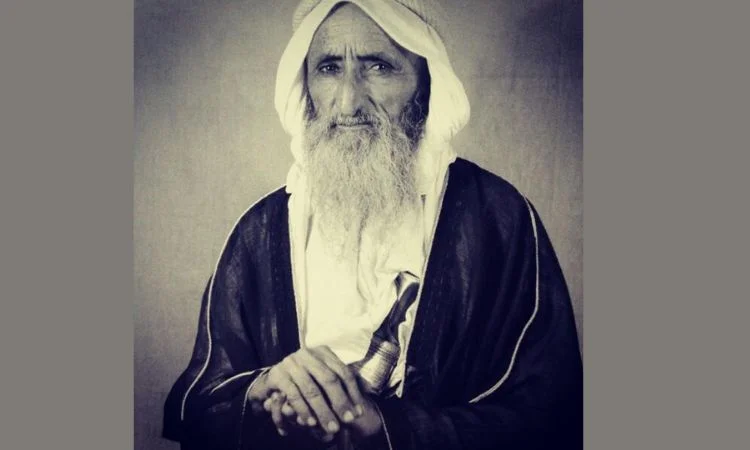
From 1912 to 1944, Dubai experienced a succession of rulers before Sheikh Saeed bin Maktoum bin Hasher Al Maktoum assumed leadership in 1912. Regarded as one of the founding figures of Dubai, Sheikh Saeed ruled for a significant period, navigating the emirate through times of prosperity driven by the pearl industry until the onset of the Great Depression in 1929.
The economic challenges posed by the emergence of artificial pearls and the impact of the depression prompted Sheikh Saeed to diversify and explore alternative avenues for expansion. In 1929, he faced a brief deposition, succeeded by Sheikh Mani bin Rashid, a relative. However, Sheikh Saeed was swiftly reinstated to the throne just three days later, ruling until his demise.
This pivotal period marked the transformation of Dubai into a premier re-export business port, wherein goods were imported into a duty-free port and promptly re-exported to other markets.
Since 1900, Dubai has held a prominent position as the primary entrepôt in the Persian Gulf and the busiest trading port. Commerce has been the emirate’s primary source of revenue, with the merchant class playing a crucial role in reshaping the economy and influencing government decisions during Dubai’s pre-oil era.
1945–1958: Resolving the Dubai-Abu Dhabi Border Dispute
During the period from 1945 to 1958, tensions between Dubai and Abu Dhabi over their border escalated into a military conflict. In 1949, the British government intervened through arbitration, leading to the establishment of a buffer frontier extending southeast from Ras Hasian on the coast. However, it wasn’t until 1979, eight years after the formation of the UAE, that a formal compromise was achieved, putting an end to the longstanding dispute.
1958–1966: The Visionary Leadership of Sheikh Rashid Al Maktoum
In 1958, following the passing of Saeed bin Maktoum Al Maktoum, Sheikh Rashid bin Saeed Al Maktoum assumed the role of Ruler. Revered as the driving force behind Dubai’s remarkable expansion, Sheikh Rashid played a pivotal role in leveraging the discovery of oil for the city’s growth.
In 1963, recognizing the limitations of Dubai Creek for modern shipping, Sheikh Rashid initiated a dredging project, a risky endeavor that required substantial borrowing. The success of this undertaking allowed large vessels to dock at the port, catalyzing the growth of the gold re-export market. This accomplishment, coupled with strategic partnerships with the British, enabled Sheikh Rashid to commence essential infrastructure development.
Throughout this period, Dubai experienced ongoing tensions with Abu Dhabi. The border dispute that erupted in 1947 continued even after the formation of the UAE. Only in 1979 did a formal compromise emerge, marking the end of hostilities. This agreement granted Abu Dhabi control over the rest of the UAE while allowing Dubai autonomy, particularly in matters related to trade and local governance.
1966–Present: A Transformative Journey
The pivotal moment in Dubai’s history occurred in 1966 with the discovery of oil. This breakthrough, combined with the formation of a new currency, the Riyal, following the devaluation of the Persian Gulf rupee, fueled Dubai’s rapid expansion. The first oil shipment in 1969 solidified Dubai’s status as an autonomous state, securing its ability to influence policies within the UAE in the subsequent years.
Formation of the UAE: A Strategic Alliance
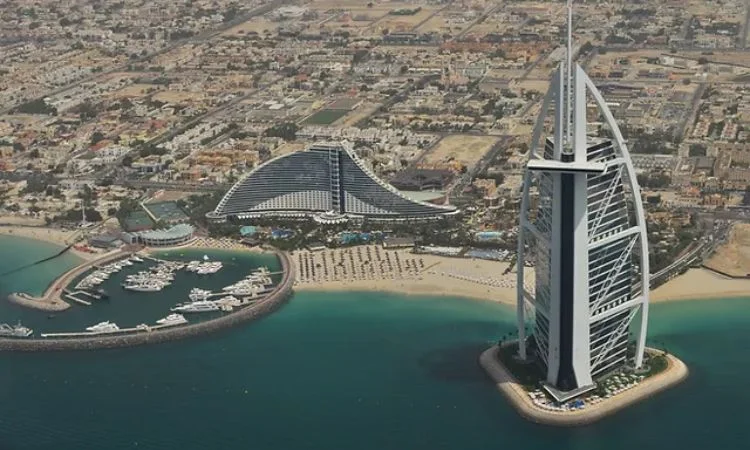
As Britain withdrew from the Persian Gulf in 1971, Dubai and Abu Dhabi, along with five other emirates, united to form the United Arab Emirates (UAE). Through strategic negotiations, Dubai and Abu Dhabi ensured effective control, paving the way for further growth. The introduction of the UAE dirham in 1973 marked a significant step towards economic unity. Today, Dubai and Abu Dhabi wield substantial control, possessing veto power over matters of national importance and retaining unique features such as their judicial courts.
The introduction of the Jebel Ali Free Zone in 1979 facilitated global business influx, setting the stage for Dubai’s role as a hub for international companies.
1990–Present: Adapting to Change
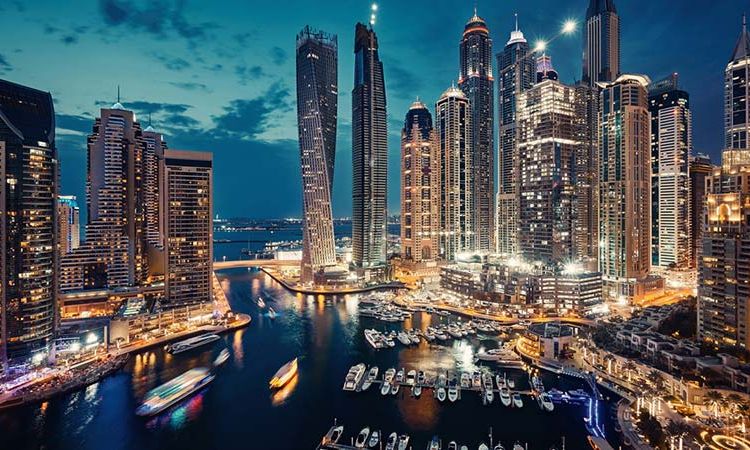
The death of Sheikh Rashid al-Maktoum in the 1990s led to Sheikh Maktoum bin Rashid Al Maktoum ascending to the throne. The Persian Gulf War in 1990 brought economic uncertainty, but Dubai rebounded in the mid-1990s, attracting foreign trading communities. Dubai’s alignment with the western world continued during events like the 2003 Invasion of Iraq, where it provided refueling bases to allied forces.
Global oil price increases allowed Dubai to focus on key infrastructure development, leading to the establishment of free zones like Dubai Internet City, Dubai Media City, and Dubai Maritime City. Dubai became synonymous with ambitious building projects, including the Burj Khalifa, Palm Islands, and The World Islands.
Despite facing challenges during the Great Recession of the late 2000s, Dubai implemented tax-cutting measures to stimulate the economy. Noteworthy changes in legislation, such as the plan to decriminalize certain actions, highlight the UAE’s commitment to attracting foreign investors and fostering a more diverse and inclusive environment.
“Dubai’s Post-Oil Vision: Navigating Global Uncertainties and Embracing Localization in the Middle East”
In light of global uncertainties surrounding oil prices, Dubai stands as the prospective Hong Kong of the Middle East, poised to navigate a post-oil era. Unlike Riyadh, which may face challenges in adapting, Dubai’s historical roots as a major trading center centuries before the oil era positions it to thrive in a world without oil. The emirate’s robust trade ties with Iran mirror Hong Kong’s relations with the People’s Republic of China, given Iran’s isolation from much of the Western world.
Looking ahead to the 21st century, Dubai is contemplating policy shifts from globalization to localization. This strategic transition aims to conserve energy resources, create local employment opportunities for UAE citizens, and uphold autonomy in decision-making. Dubai’s municipal government is expected to recalibrate zoning policies to foster resource conservation and counteract urban sprawl.
With the last oil deposits in the United Arab Emirates expected to deplete by the end of 2029, Dubai, along with the entire UAE, currently possesses a reserve supply of 44 billion barrels of crude petroleum as of February 2006. Proper utilization, coupled with alternative fuels, is anticipated to sustain economic activities in Dubai until the close of the 21st century.
Addressing historical disputes, Dubai was embroiled in boundary disagreements with Sharjah, dating back to the pre-independence era. The lack of defined boundaries between the Trucial States before British departure necessitated decisions for oil concession reasons. Although agreements were reached in the mid-20th century, Dubai’s ruler initially resisted a 1957 decision on boundaries.
Conclusion
Dubai’s rich history, from its ancient roots to modern economic prowess, showcases its resilience, adaptability, and strategic vision. As it faces the challenges of a post-oil era, Dubai’s commitment to economic diversification and sustainable development positions it as a key player in the global landscape.











